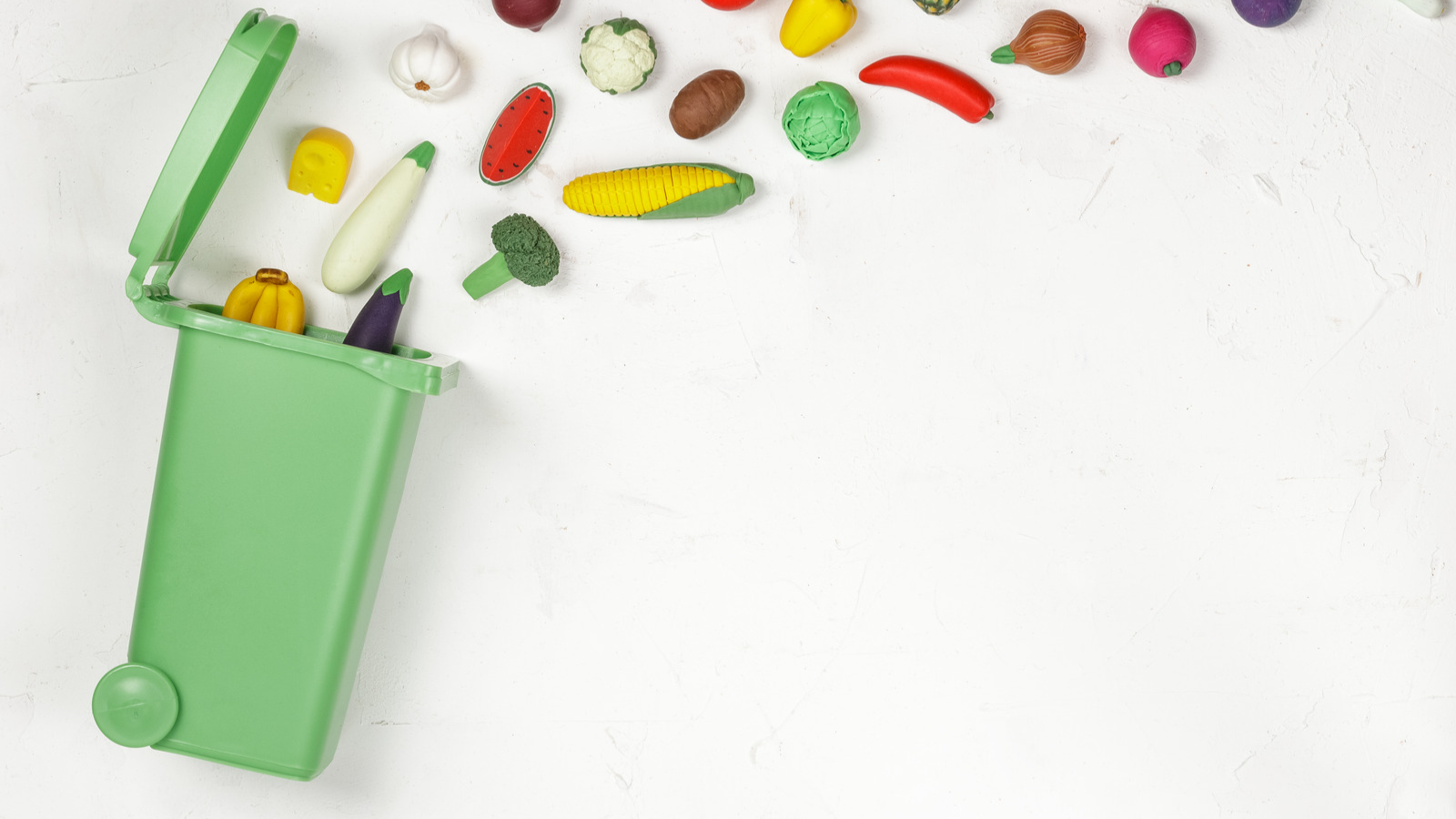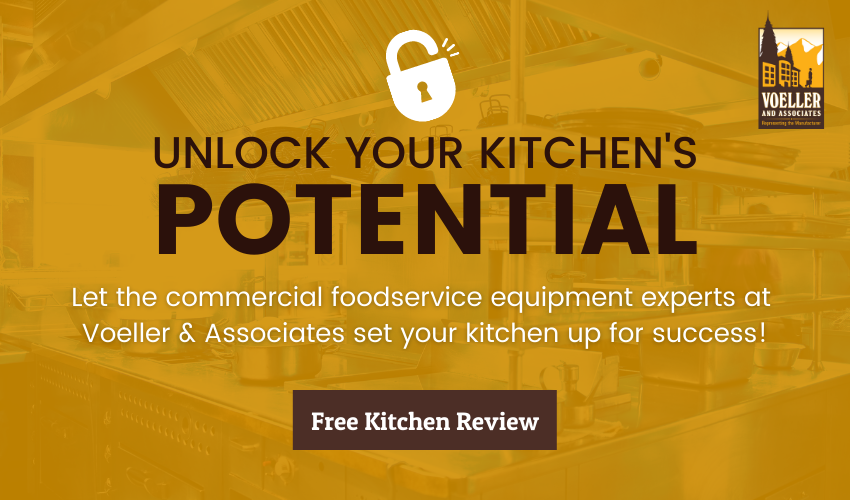Wasting food in the foodservice industry has become an increasingly prevalent problem in the past few decades. Overbuying, unpredictable buyers' markets, while stockpiling in fear of food shortages due to supply chain issues prevented managers also caused issues. Add in improper storage, throwing away food too early, oversized portion sizes, and poor handling, and the result is Americans throw away more than one-third of our food supply.
When it comes to the costs of running a restaurant, this can be of particular concern, as wasted food can cut into profits. Without reducing food waste in restaurants, the cost of food product inflation feels even higher.
How Much Food Do We Waste?
As a nation, we waste between 30 and 40 percent of our food supply, which not only wastes food that could be consumed or donated but also impacts the environment. Food already has a cost that goes into harvesting, processing, packaging, transporting, and preparation. And there's also a cost to disposing of food as well.
Why Do We Waste So Much Food?
During each stage of food production, there is a loss of food, including a percentage that spoils, is not refrigerated properly, or may succumbs to infestation. To pass Food and Drug Administration (FDA) standards, consumable food must be relatively free of bacteria, insects, animal waste, and infestation, which helps keep customers from getting sick.
In the foodservice industry, over-ordering is largely to blame for food waste, so reducing food waste in restaurants is a major goal when it comes to reducing food waste in general. Restaurants have the capacity to be leaders in food waste reduction.
Preventing Food Waste: Reducing Food Waste in Restaurants
Businesses have joined the U.S. Food Loss and Waste 2030 Champions list since 2016. These businesses in the foodservice industry and related industries have pledged to make a 50 percent reduction in food waste by the year 2030.
How is it possible to reduce food waste in restaurants to such a large degree? Restaurants invest in better equipment such as blast chillers. With blast chillers, food handlers can take foods immediately into a frozen state before storing them. This flash-freezing process allows for the retention of nutrients and the fresh flavors and smells customers love.
Blast chillers and shock freezers prevent food waste and help restaurant managers make the most of their inventory, saving money over time. If they're making these changes, they should brag about it by joining the U.S. Food Loss and Waste 2030 Champions. Customers love to hear about how their local small businesses are reducing food waste in restaurants, and they will come out to support the cause.
Additionally, day-old ingredients can skip the landfill and go directly to feeding those in need instead. By managing inventory better, restaurant operators can serve their communities while keeping customers happy and reducing costs.

